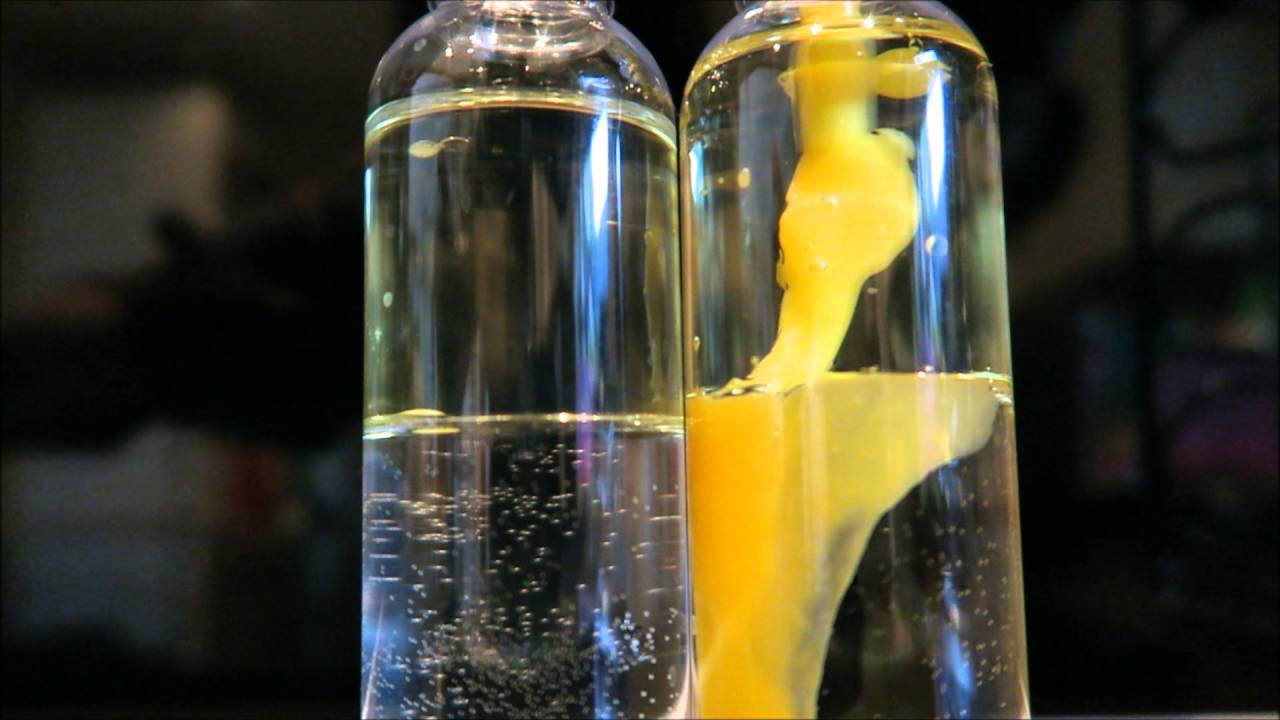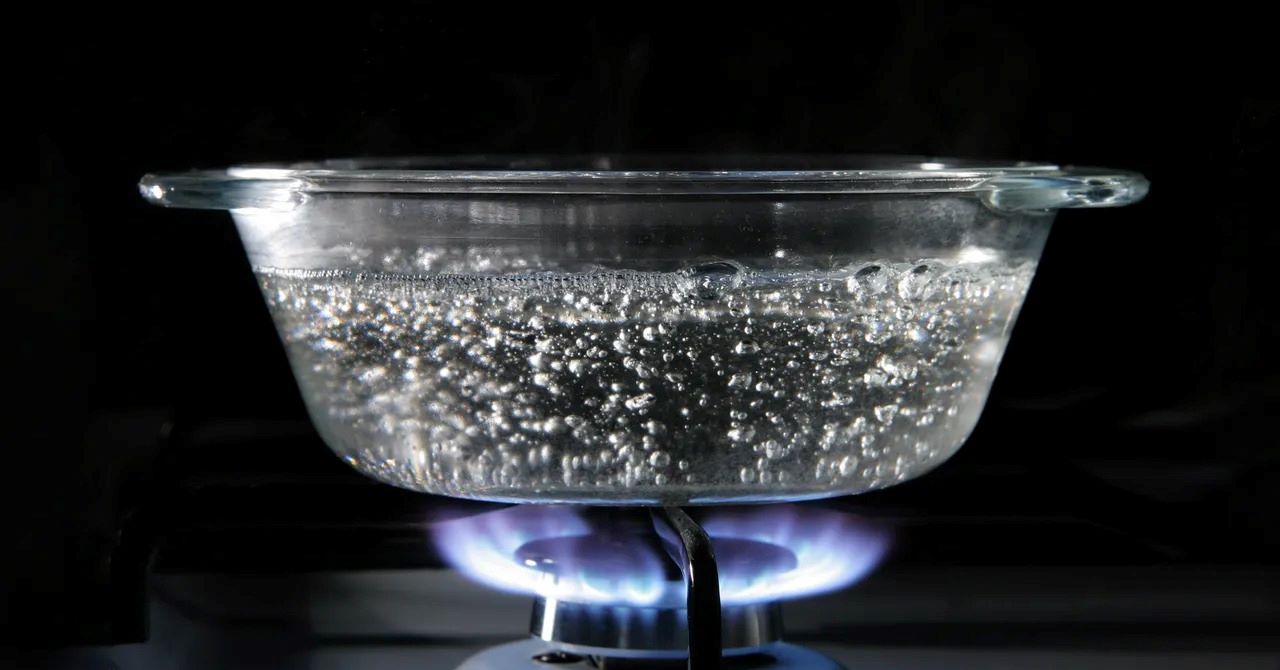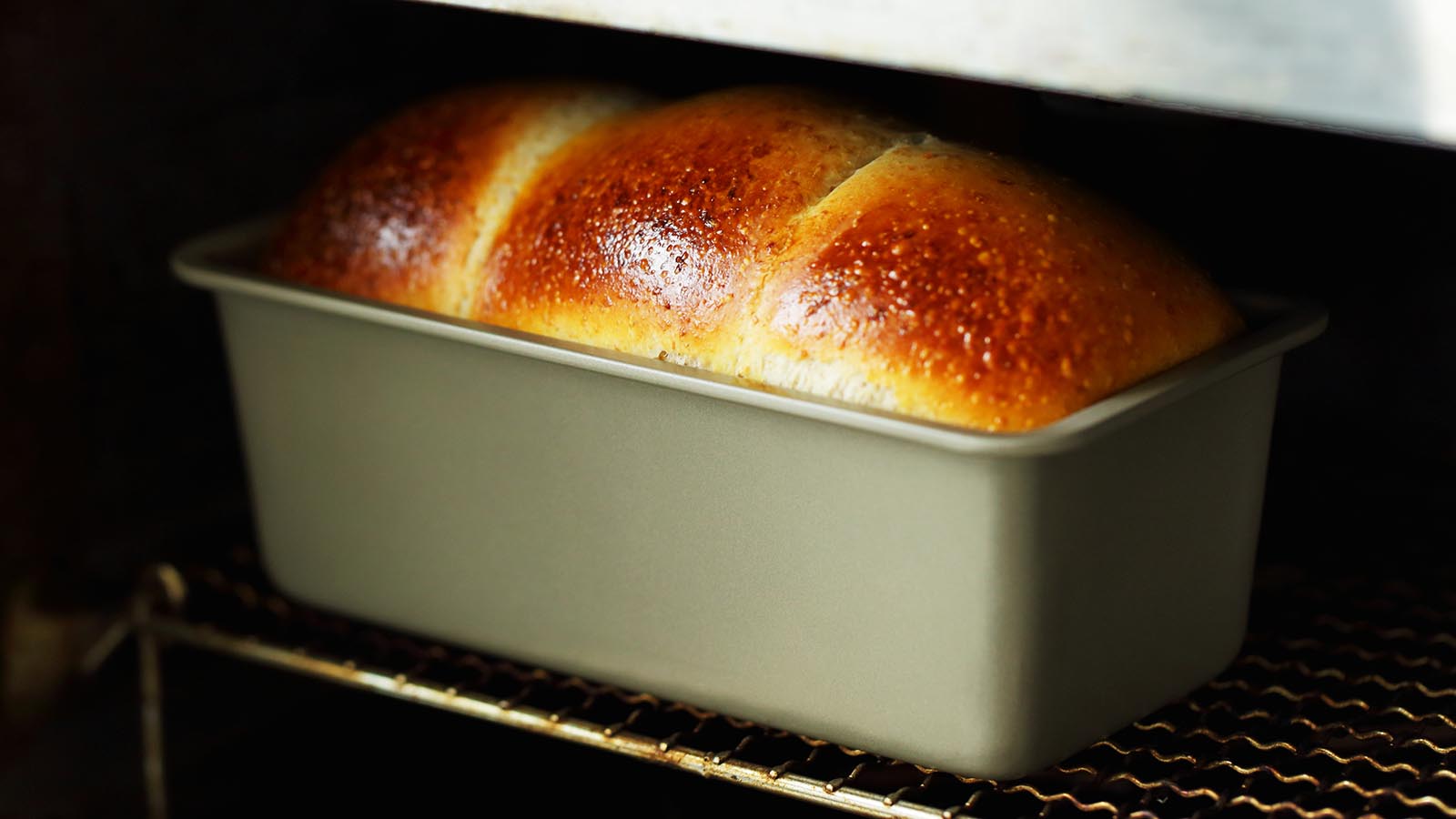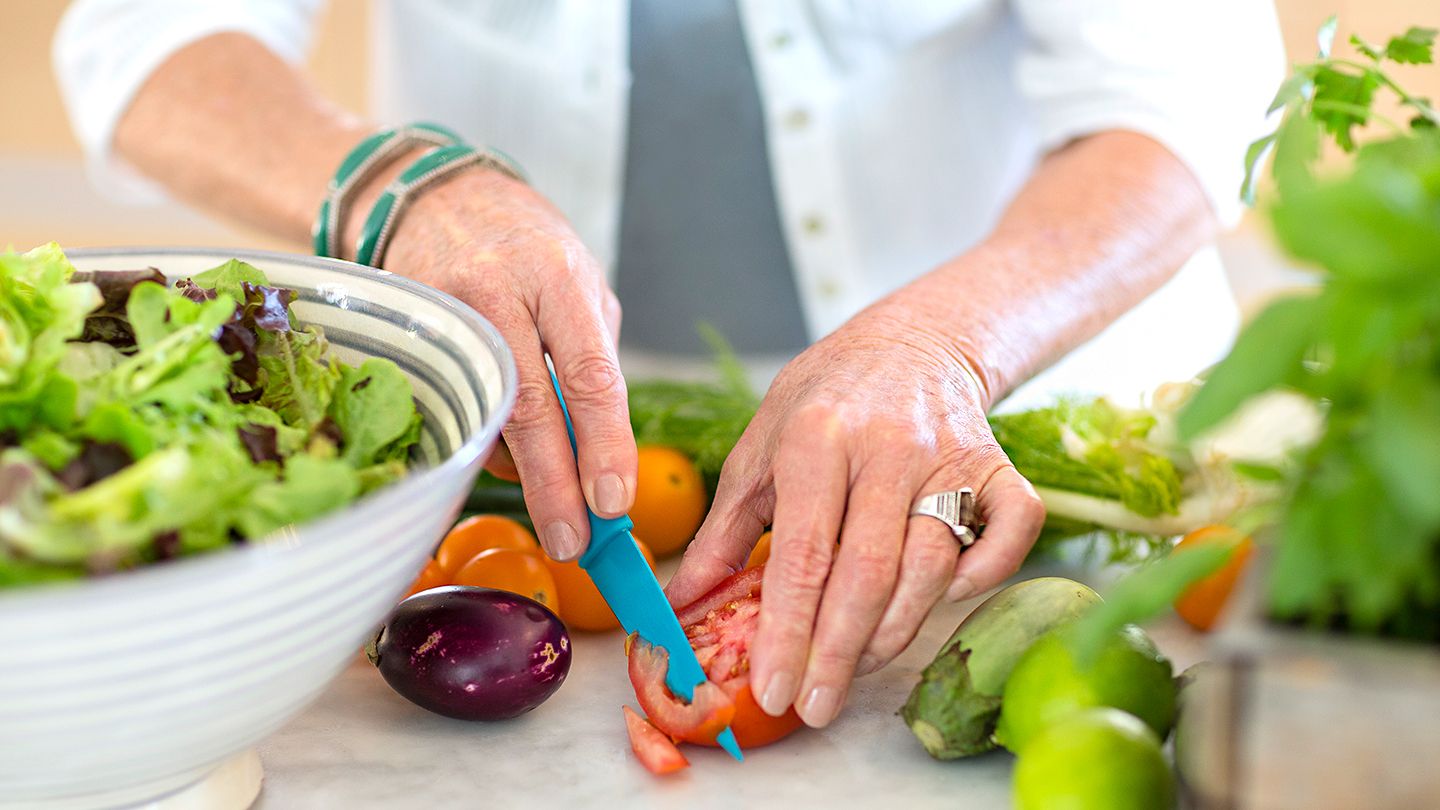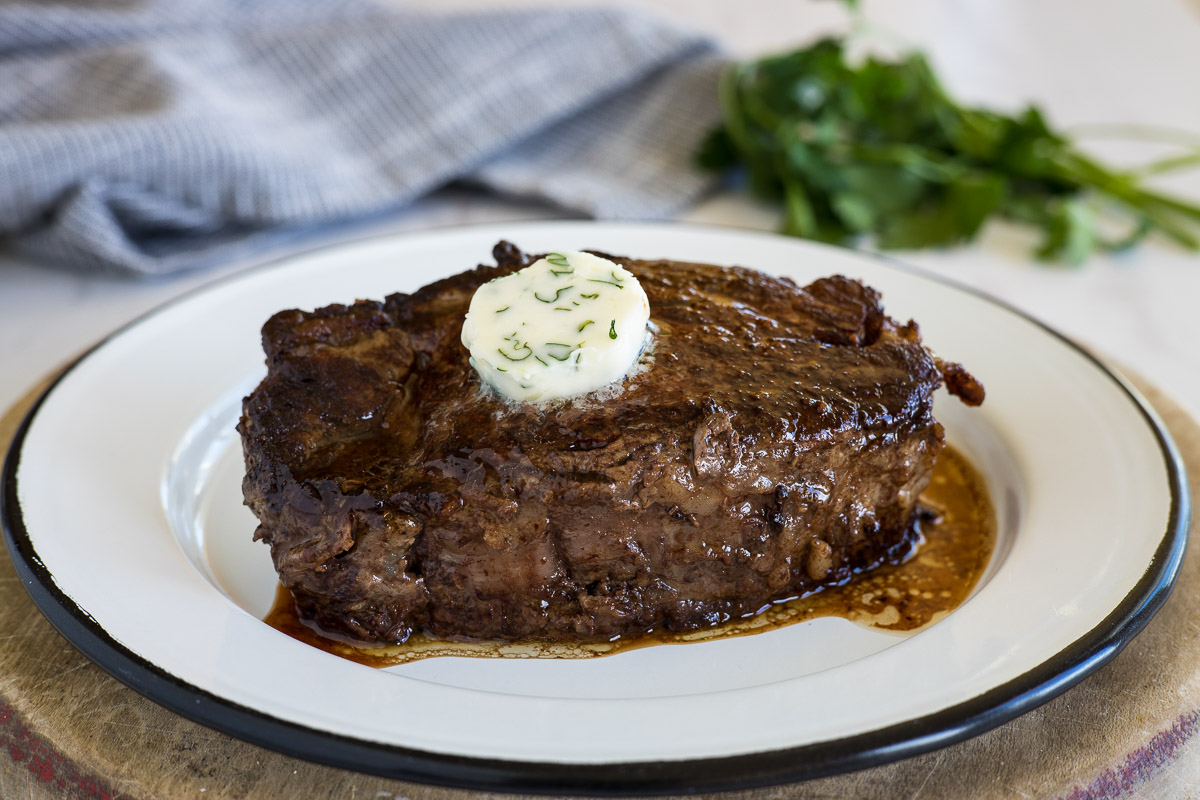Cooking with sonic waves might sound futuristic, but it's a fascinating method gaining traction. This technique uses high-frequency sound waves to heat and cook food. Unlike traditional methods, sonic waves penetrate food evenly, ensuring thorough cooking without burning. This method also preserves nutrients and enhances flavors. Imagine cooking a steak perfectly without flipping it or worrying about uneven heat. Sonic waves offer a new way to explore culinary possibilities, making meals healthier and tastier. Dive into this innovative cooking method and discover how sound can transform your kitchen experience.
Gather These Ingredients
Ingredients
- 1 lb salmon fillet
- 2 tbsp olive oil
- 1 tsp salt
- 1/2 tsp black pepper
- 1 lemon (sliced)
- 2 cloves garlic (minced)
- 1 tbsp fresh dill (chopped)
- 1/4 cup white wine
- 1/2 cup vegetable broth
- 1 cup cherry tomatoes (halved)
- 1 small red onion (sliced)
- 1 tbsp capers
- 1 tbsp butter
Essential Tools for the Job
-
Ultrasonic Homogenizer
For generating sonic waves that can tenderize or alter the texture of ingredients. -
Vacuum Sealer
Essential for preparing ingredients before immersing them in a sonic bath, ensuring even exposure to sonic waves. -
Sous Vide Machine
Works in tandem with ultrasonic treatment for precise cooking, enhancing flavors and textures. -
High-Precision Thermometer
To monitor the exact temperature during sonic cooking, crucial for achieving desired results. -
Acoustic Enclosure
Reduces noise from the ultrasonic homogenizer, making the process more comfortable in a kitchen setting. -
Digital Timer
Keeps track of cooking times, especially important when using ultrasonic waves for precise culinary outcomes. -
Protective Gear
- Gloves: To protect hands from high temperatures and accidental spills.
- Goggles: To safeguard eyes from splashes during ultrasonic processing.
-
pH Meter
For checking the acidity or alkalinity of ingredients, which can be affected by sonic cooking methods. -
Stainless Steel Containers
Durable and resistant to the high-frequency vibrations used in sonic cooking. -
Fine Mesh Strainer
Helps in removing any particulates or impurities from liquids post-sonic treatment. -
Blender or Food Processor
For initial preparation of ingredients, ensuring they are in the optimal state for sonic cooking. -
Silicone Spatulas
Non-reactive and safe for use with ultrasonic equipment, ideal for mixing and handling food during the process.
Cooking with sonic waves uses high-frequency sound to heat food evenly. This method preserves nutrients, enhances flavors, and reduces cooking time, making meals healthier and more delicious.
The Science Behind It
Cooking with sonic waves, a method that uses sound energy to heat food, intrigues many due to its efficiency and uniformity. This technique allows for rapid heating of ingredients without the uneven cooking spots typical of conventional methods. Chefs and food enthusiasts appreciate how sonic waves ensure flavors are enhanced, preserving texture and nutritional value.
In the culinary world, embracing sonic wave cooking represents a step towards innovative and precise food preparation. This approach not only speeds up the cooking process but also offers a unique way to control how food cooks, ensuring every bite is as perfect as the last. It's a blend of science and art, pushing the boundaries of traditional cooking.
Your Step-by-Step Guide
The Science of Cooking with Sonic Waves
-
Understanding Sonic Waves
- Sonic waves are sound waves with frequencies between 20 Hz and 20 kHz.
- These waves can penetrate food and cause vibrations at a molecular level.
- Ultrasonic waves (above 20 kHz) are often used in cooking for their intense energy.
-
Equipment Needed
- Ultrasonic bath or sonicator: Generates and controls ultrasonic waves.
- Thermometer: Monitors food temperature.
- Vacuum sealer: Ensures food is in an airtight environment.
- Containers: Heat-resistant and suitable for ultrasonic use.
-
Preparation
- Select ingredients: Choose foods that benefit from tenderizing or flavor infusion.
- Marinate or season: Apply desired marinades or seasonings to the food.
- Vacuum seal: Place food in vacuum-sealed bags to prevent air pockets.
-
Setting Up the Ultrasonic Bath
- Fill the bath: Use water or a suitable liquid medium.
- Preheat: Set the bath to the desired temperature.
- Place food: Submerge vacuum-sealed food in the bath.
-
Adjusting Sonic Wave Frequency
- Select frequency: Choose the appropriate frequency for the food type.
- Monitor intensity: Adjust the intensity to avoid over-processing.
-
Cooking Process
- Start sonication: Turn on the ultrasonic bath or sonicator.
- Monitor temperature: Ensure the food stays within the safe cooking range.
- Adjust time: Cooking times vary based on food type and desired texture.
-
Post-Sonication Steps
- Remove food: Carefully take out the vacuum-sealed bags.
- Check doneness: Verify the food is cooked to the desired level.
- Rest food: Allow it to rest for a few minutes to stabilize.
-
Finishing Touches
- Sear or grill: For added flavor and texture, sear or grill the food briefly.
- Plate and serve: Arrange the food attractively on plates.
-
Cleaning and Maintenance
- Turn off equipment: Ensure all devices are powered down.
- Clean ultrasonic bath: Remove any residue and sanitize.
- Store equipment: Keep all tools in a dry, safe place.
-
Safety Precautions
- Wear protective gear: Use gloves and goggles when handling ultrasonic equipment.
- Avoid direct exposure: Do not place hands or other body parts in the ultrasonic bath.
- Follow manufacturer guidelines: Adhere to all safety instructions provided with the equipment.
The Future of Cooking
Sonic waves are changing how we cook. This tech uses sound energy to heat and cook food, making it faster and more efficient. Imagine cooking a steak perfectly without a stove or grill. Sonic waves can do that. They also help retain more nutrients and flavors in your food. Plus, it's eco-friendly since it uses less energy.
Restaurants and home kitchens are starting to adopt this method. It's not just a trend; it's a revolution in cooking. As more people learn about it, we'll see even more creative uses. So, next time you're in the kitchen, think about how sound could change your cooking game. The future of food is here, and it's buzzing with possibilities.
Common Questions About The Science of Cooking with Sonic Waves
What are sonic waves in cooking?
Sonic waves are sound waves used to transfer energy into food. They can heat, mix, or tenderize ingredients without direct contact.
How do sonic waves cook food?
Sonic waves create vibrations that generate heat. This heat cooks food evenly and quickly, often preserving more nutrients and flavors.
Is cooking with sonic waves safe?
Yes, cooking with sonic waves is safe. The technology is designed to target food without affecting the surrounding environment or posing health risks.
What types of food can be cooked with sonic waves?
Almost any food can be cooked with sonic waves. Meats, vegetables, and even delicate items like fish benefit from this method.
Do I need special equipment to cook with sonic waves?
Yes, you need specialized equipment designed to generate and control sonic waves. These devices are becoming more accessible for home kitchens.
How does cooking with sonic waves compare to traditional methods?
Cooking with sonic waves is often faster and can result in more evenly cooked food. It also tends to preserve more nutrients compared to traditional methods.



